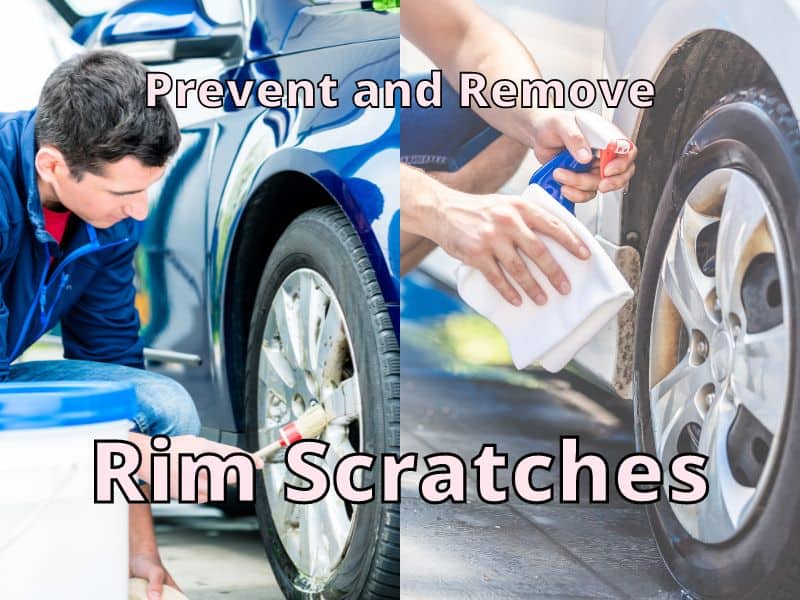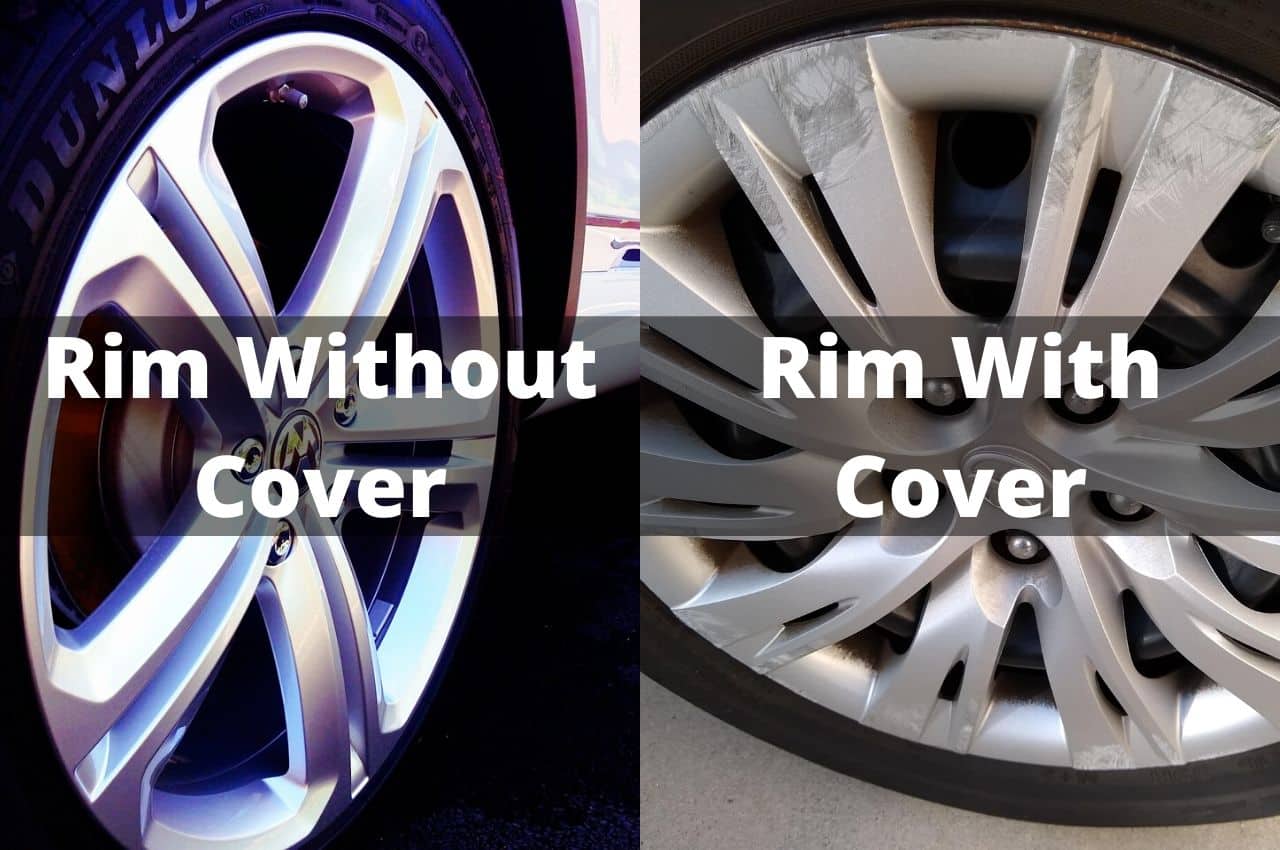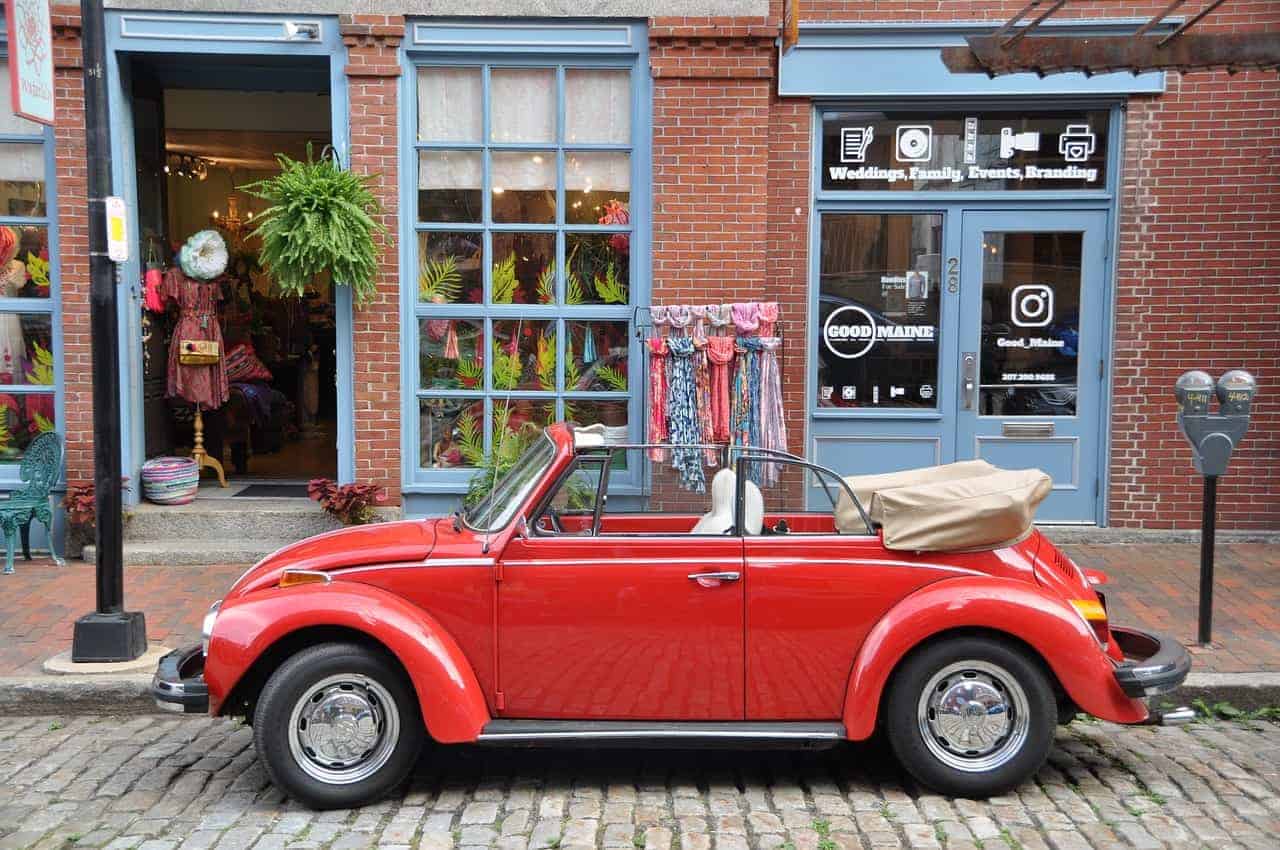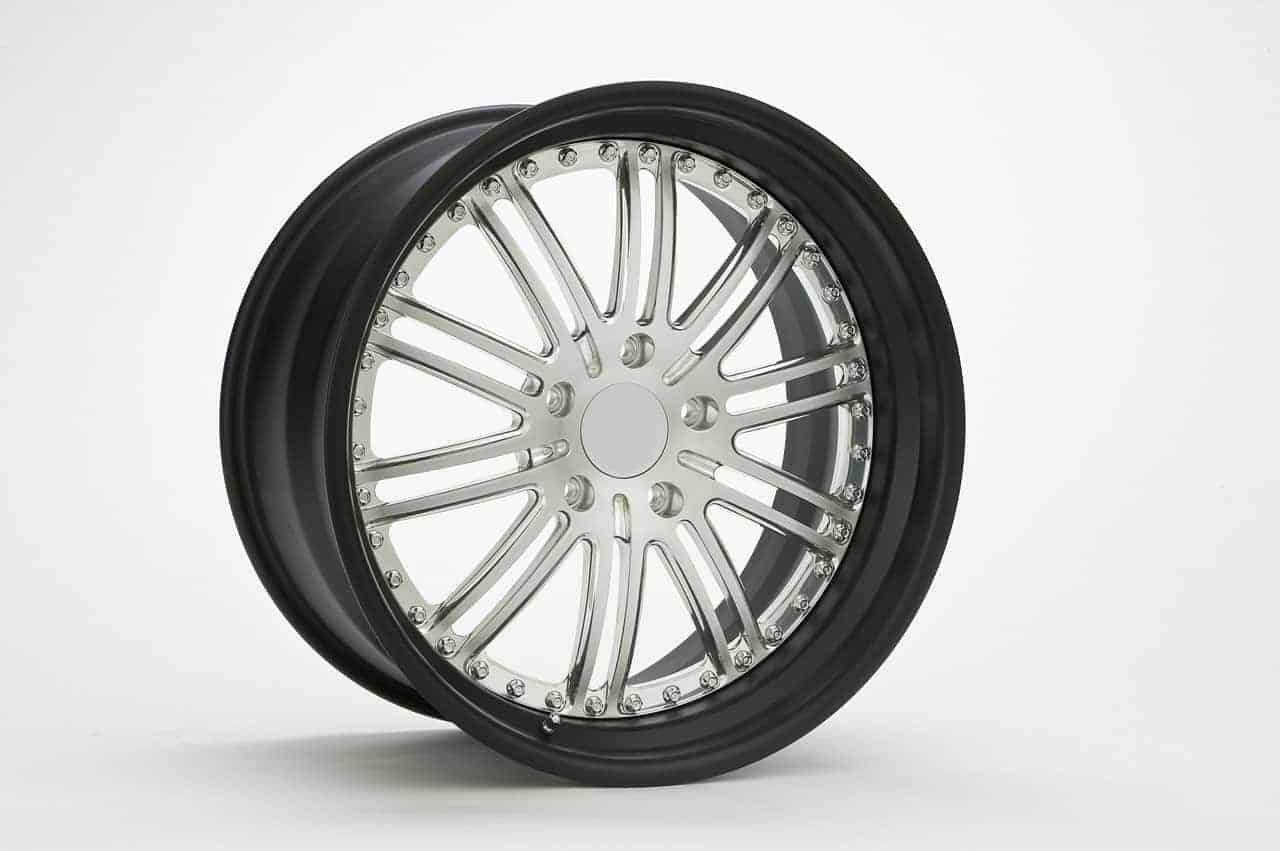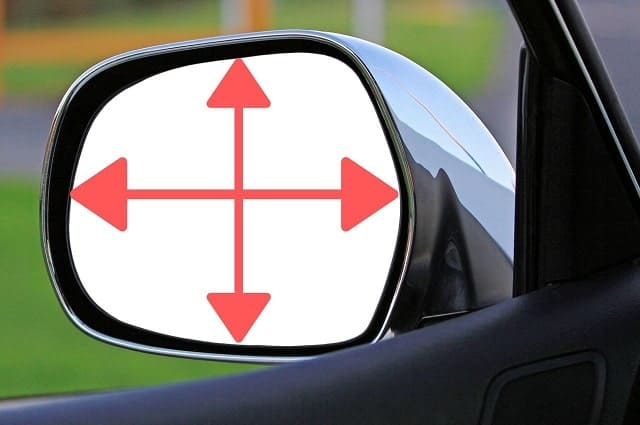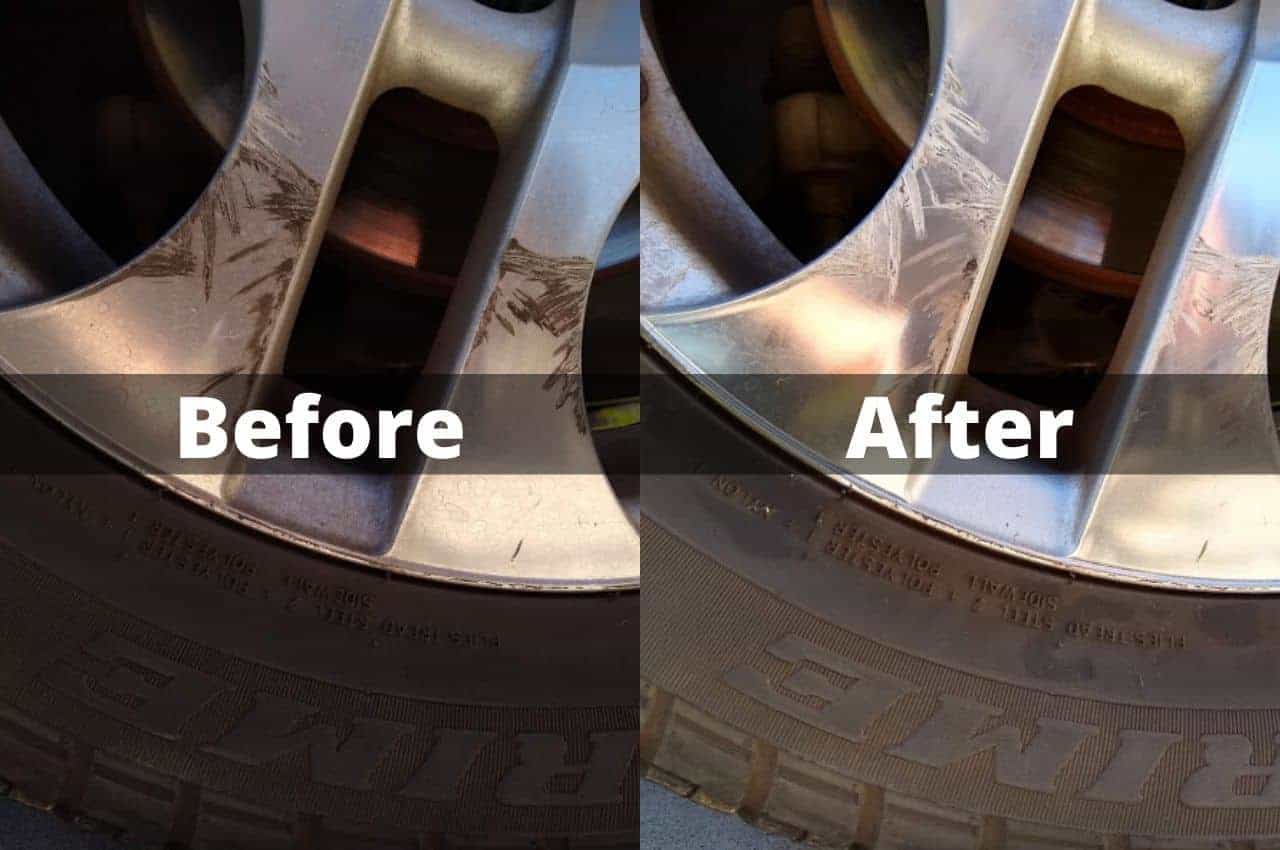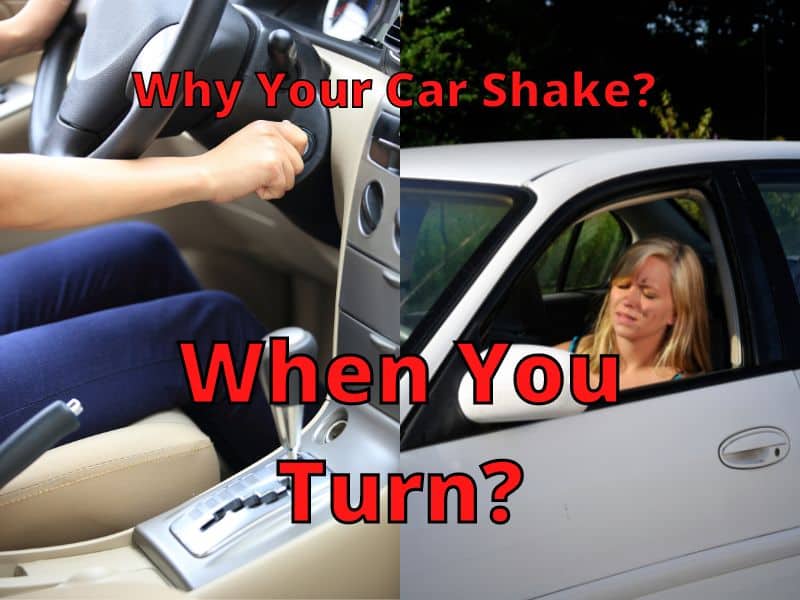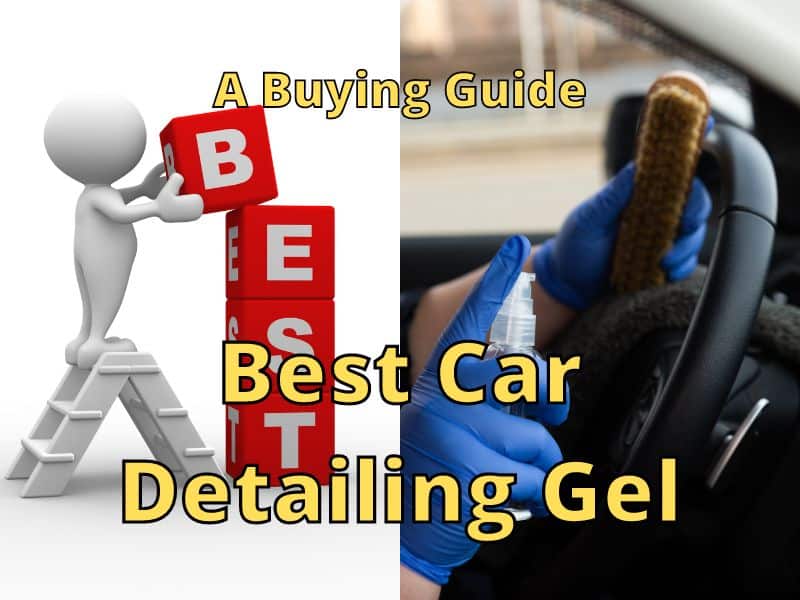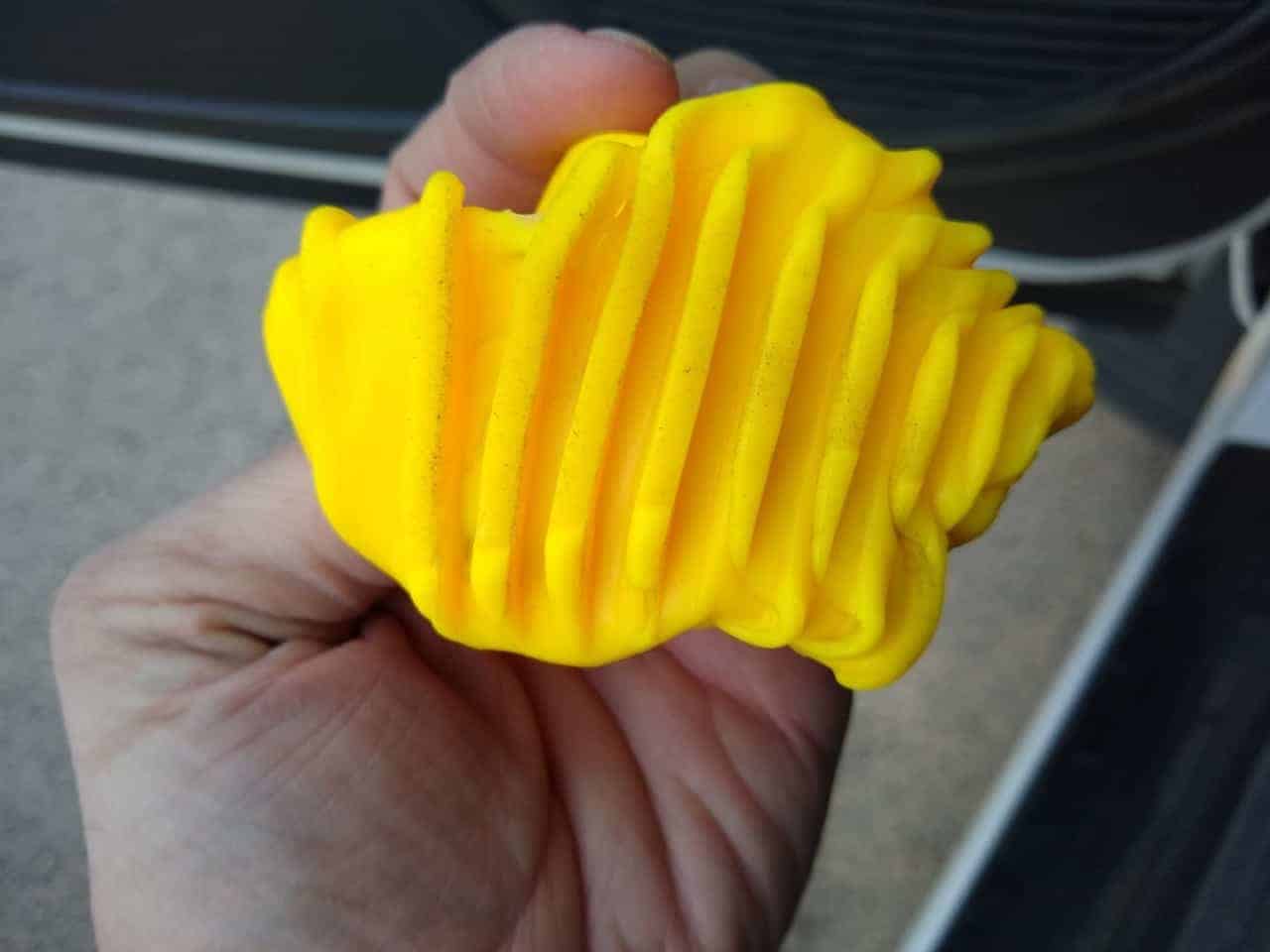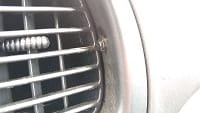When the sun is blinding you as you drive, it can be difficult to see. I’ve been in several situations where I could not see clearly on the road in front of me. That momentary and sometimes lasting visual impairment is unsafe for drivers.
To deal with sun glare, you need to: have clean windshields inside and out, have glare-reducing glasses, use your visors, use window tint at times, slow down, drive a different route, pull off the freeway at times, and focus on the area of the road that can guide you safely.
When I have driven in sun glare, I can usually deal with it using my glasses and visor, but there have been a couple of times those options weren’t available. I was forced to slow down until I could see clearly. Not being prepared has been the obstacle that prevented me from dealing with sun glare the most.
What is Sun Glare?

Most people refer to sun glare as a bright light coming through the car windshield as the sun’s rays hit the glass. The light from the sun doesn’t always create a glare or bright light when it hits the windshield. The glare is created as it hits particles on the windshield. If the glass is clean, most of the time, the sun shines right through.
When light reflects off a windshield from another car, you see the sunlight shine into your eyes for a moment. As sunlight hits anything on the windshield, it can also spread the sunlight, so it goes into your eyes.
Direct sunlight is basically the same as glare. It can shine through your windshield, and like sun glare, it will impair your ability to drive.
What to do First?

Keep Calm. Panicking can lead to an accident, and while you might not be able to see when light is shining in your eyes, you can take action.
With direct sunlight or glare that can’t be blocked, try this strategy for the first second or two. Focus away from the light, yet keep your eyes on the road. You may need to adjust your head a bit to avoid being blinded.
Avoid directly looking at the sunlight and glare if possible, squint if necessary, and view as much as you can see to guide you.
When light first hits your eyes, you don’t want to turn away or close your eyes. Instead, continue to look forward, just not directly into the light. Get ready to shield your eyes from the light, if possible, after the initial blinding.
In addition, during the first second or two, switch your foot from the gas pedal to the brake pedal, and get ready to slow down if needed.
You’re preparing yourself to be ready to react in order to avoid an accident.
Shield Your Eyes
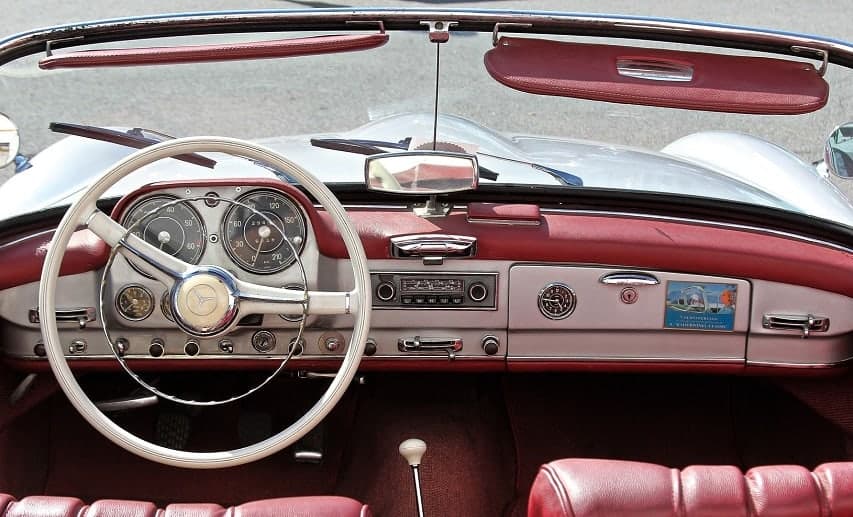
Once you’ve realized you need to adjust how you look out the window, it’s time to shield your eyes from the glare as much as possible. I have a pair of glasses that are within reach within a second. I also use the visor for protection, especially when the sun is higher in the sky.

The best type of glasses to get are polarized glasses. They can help block a lot of glare from your windshield. Some people feel that darker glasses are also very helpful because the light is less intense, so they can focus on the road better.

AD
I’ve found that dark glasses can be helpful during direct sunlight coming through the windshield. They also can make it difficult to see clearly when there is no direct light coming through the windshield because it is so dark.

AD
Using a sun visor is another option that works well. Many sun visors can block glare and sunlight from many angles, and they are effective at helping drivers block the light that could impair their driving safely.
If the sun visor isn’t enough, during times of sunrise and sunset, you may want to add a sun visor attachment that acts like sunglasses to aid in obtaining a clear view of the road.
Some car comes with additional tinting on the top section of the windshield. If you want to add tint to your car windshield, this can help prevent glare and blinding sunlight during certain times of the day.
Adjust Your Speed
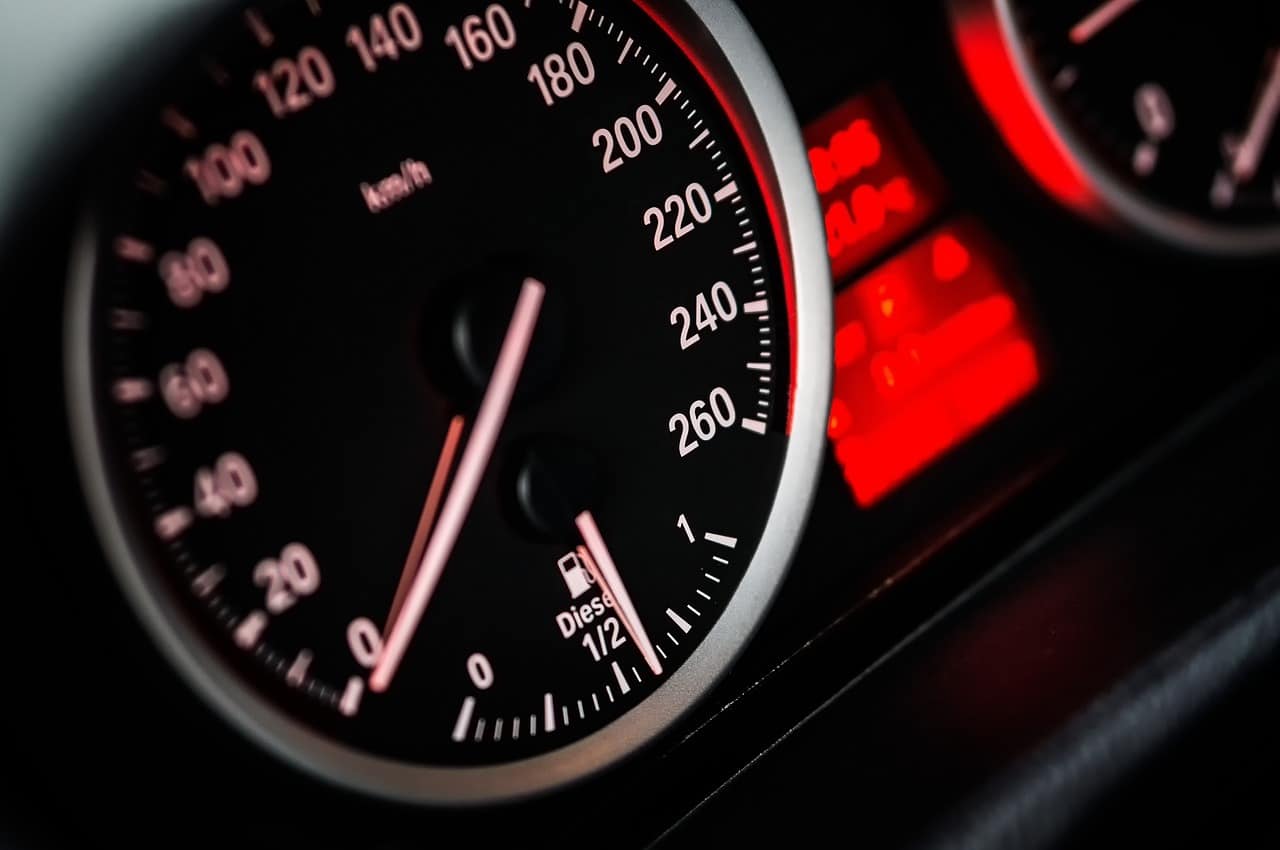
After you put on your sunglasses or use your sun visor, it’s time to slow down a bit if needed. The sun or glare may still be obstructing your view of the road. If this is the case, slow down when safe.
Check your rearview mirror and slow down to a safer speed when your view is obstructed. You may want to go in the slow lane or stop to get some gas or take a break.
Sometimes we try to drive in dangerous conditions and almost get into an accident. You’ll be glad you took the time to adjust your speed and assess the situation, so you can proceed safely to your destination.
Sometimes you may want or need to get off the road or freeway and head in a different direction for a while until the sun is at a different angle. You can still head toward your destination but use a safer route.
The important rule when driving a vehicle is to err on the side of caution. If you feel unsafe, that’s a good indicator you are driving too fast for the situation. And if going slow is not safe, make sure to get off the road or freeway.
Taking action is important to do in a fearful situation. You need to decide to slow down whenever it is the safest to do so and take measures to ensure your safety and the safety of those around you.
Clean Your Windshield
AD
At times it’s a good idea to stop and clean the windshield. You may be driving for a while, and the glare from the windshield is making you squint. Should you keep on going and endure the glare or stop to clean the windshield?
Stopping is a great idea. You’ll ensure your field of view is unobstructed, and glare can be reduced significantly.
You may have noticed that after cleaning the window theirs still a glare. What happened? In my experience, either the windshield cleaner has smeared or streaked on the window, or the inside of the windshield isn’t clean.
Be sure to wipe the windshield dry when using cleaning products so there isn’t streaking, and check the inside as well for a layer of particles that might be causing glare.
As glare starts to blind me, I have turned on the windshield washer to spray fluid and wipe it off the grim on my windshield with the wipers. This sometimes works great, although it doesn’t work in all circumstances.
Having windshield wiper fluid in the reservoir is helpful in instances like these. Shop around for the best deals. There are many different kinds, and some people prefer one.

AD
Having windshield wiper fluid in the reservoir is helpful in instances like these.
The Daily Commute

When you drive to work and other places at a regular time, you will notice what time of day is usually the most difficult to drive in. If you drive the same route each day, you can be prepared for the sun shining through your windshield.
Make sure you have a safe method in place each day to deal with sun glare. The better prepared you are, the more confident you will likely be when driving when a glare occurs.
Once you’ve figured out what works best for you, you will be able to do the same thing each day and avoid any possible accidents.
Conclusion
When you are prepared for sun glare and have methods for dealing with it, you can drive safely and avoid accidents. Using glasses and a sun visor may significantly help with reducing glare levels.
With a regular routine of cleaning the windshield and knowing what strategies you’ll use in the sun, you will have a safer driving experience. I hope your driving experience is safe and you can find an effective method for dealing with sun glare.













